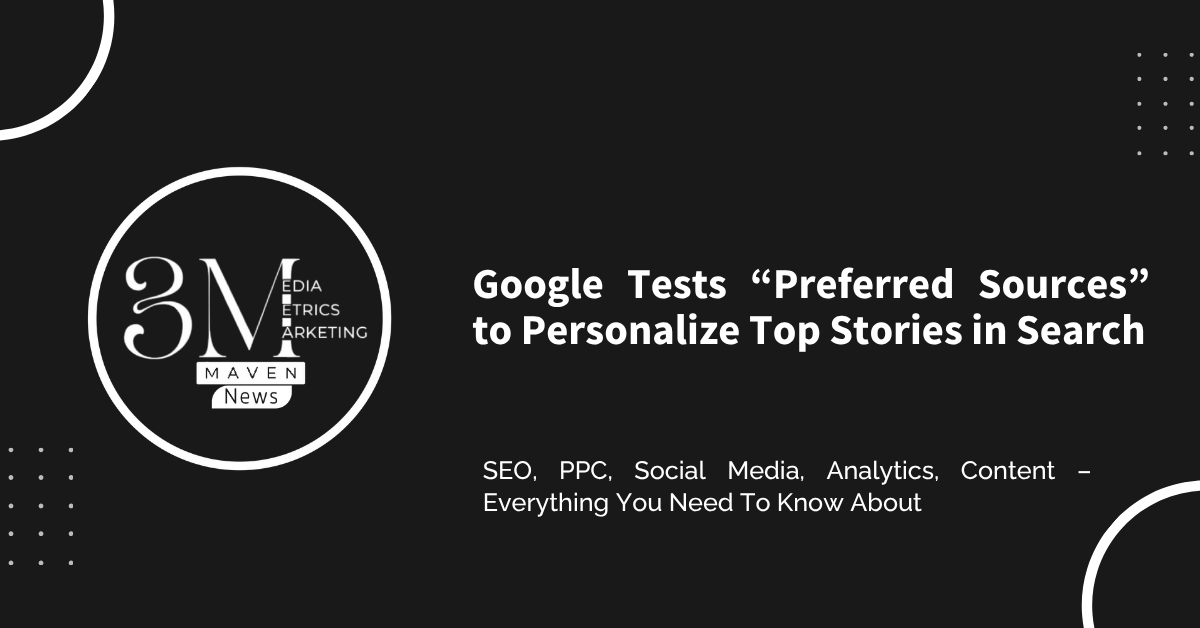A newly published patent from Google highlights how artificial intelligence (AI) assistants can leverage real-world contextual signals to generate more personalized, engaging responses. The patent outlines how these systems move beyond traditional keyword-based approaches by incorporating at least five key contextual factors into their decision-making process.
The patent is titled “Using Large Language Model(s) In Generating Automated Assistant response(s)” and applies broadly to AI assistants that accept input through various modes—text, speech, or touch. It emphasizes how AI-generated responses can be tailored using environmental context, user-specific data, conversation history, intent recognition, and device/system conditions.
Key Contextual Factors Influencing AI Responses
- Time, Location, and Environmental Context :
These elements help create dynamic responses based on real-time situations. For example, if a user says they’re going surfing, the assistant might respond with weather-related advice specific to their location and time of day—such as mentioning potential rain at a beach they frequently visit. - User-Specific Context :
This includes personal preferences, app usage patterns, and past conversations. By analyzing this data, the assistant can craft responses that align with the user’s habits, such as suggesting a favorite cuisine when they mention being hungry. - Dialog Intent & Prior Interactions :
Understanding the current intent behind a query—and how it relates to previous dialogues—helps the AI assistant generate relevant follow-up questions or recommendations. For instance, if someone expresses hunger, the system may ask about preferred cuisines or nearby restaurant options. - Input Modalities (Text, Touch, Speech) :
The system is designed to handle different forms of interaction seamlessly. Whether the user types, speaks, or uses touch commands, the assistant adapts its processing accordingly. - System & Device Context :
This factor allows the AI to adjust its behavior based on technical constraints or device status—like switching back to a simpler mode if the battery is low or computational resources are limited.
Enhancing Engagement Through Natural Dialogue
The patent provides examples of how AI assistants can use these signals to engage users in more human-like conversations. Rather than offering generic replies, the system can provide contextually rich responses or ask follow-up questions that encourage further interaction. For example, after learning a user enjoys Italian food, the assistant might suggest new Italian restaurants nearby when they express an interest in dining out.
What This Means for the Future of Search
While patents don’t always translate directly into live features, they offer insight into a company’s research directions. In this case, Google appears to be exploring ways to make AI interactions more intuitive and helpful by tapping into real-world contexts that go far beyond the literal meaning of a search query.
This evolution has significant implications for SEO professionals, content creators, and businesses looking to optimize for voice search and conversational AI. As AI assistants become more adept at understanding and responding to nuanced user needs, brands will need to adapt their strategies to remain relevant in increasingly personalized digital environments.









